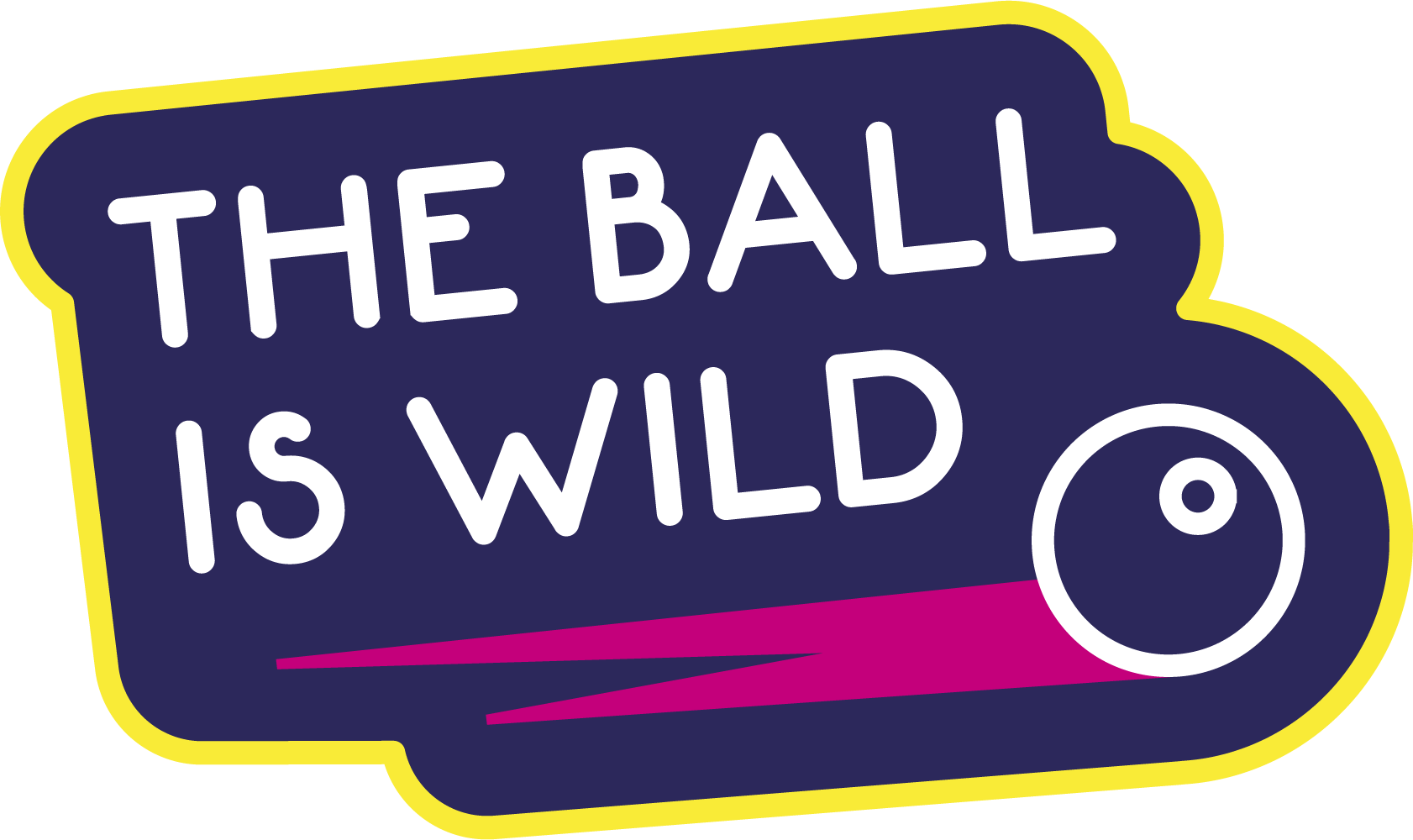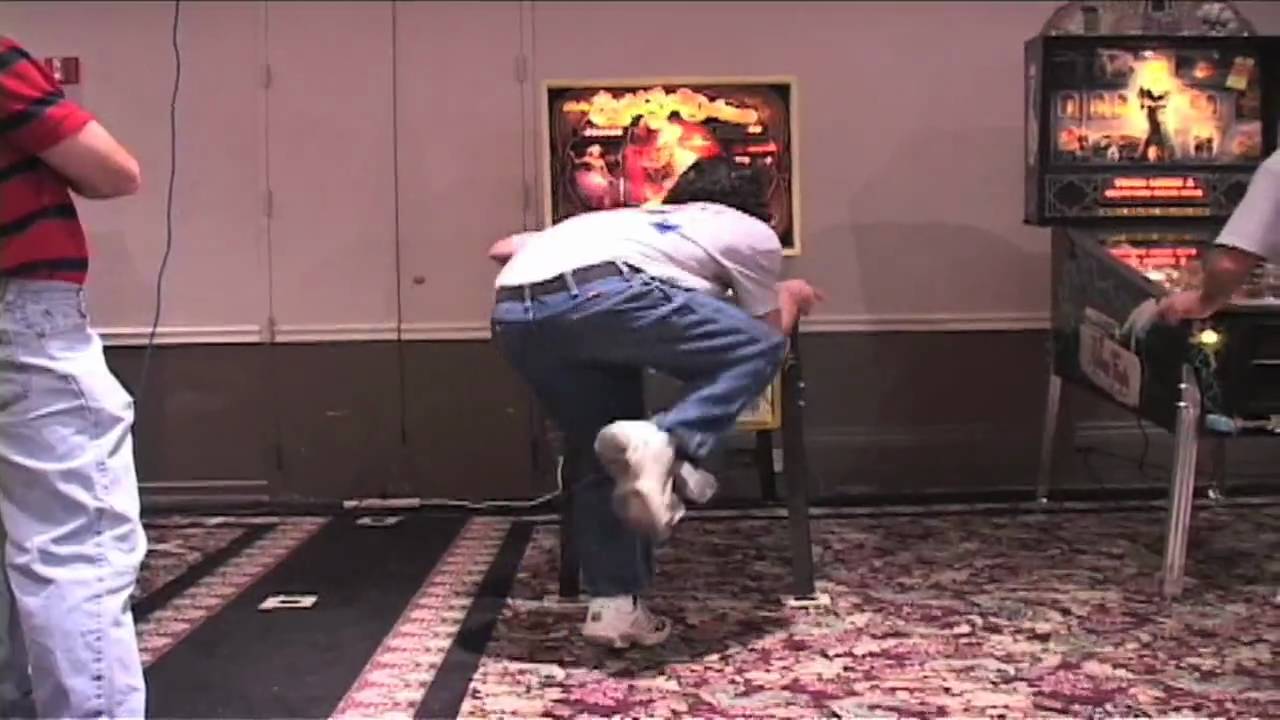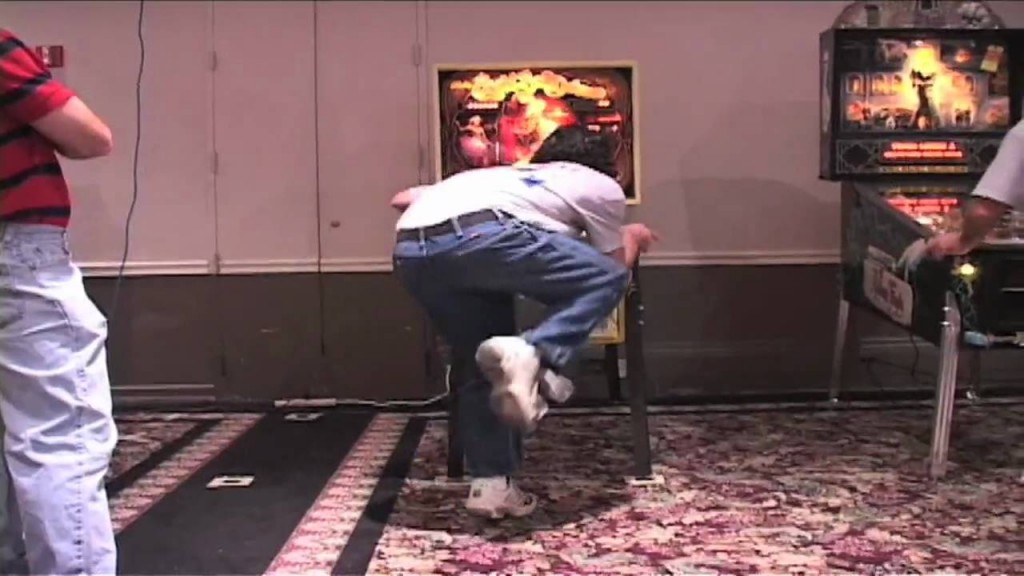It’s always in your head. With everything you do, the road to success lies in your own confidence, persistance, patience and tenacity. Skill, knowledge and craftiness can only flourish if you believe in yourself – and allow yourself to fail, too. As cheesy as this might sound, people who compete in games know that this is easier said than done. Pinball is a special kind of beast because you have to accept that fate and chance always plays a role – even if only with a minor percentage. The ball is wild and will sometimes get out of your hands even if you try to attempt the impossible 100 percent control. So you have to become concentrated and also relaxed, accept a quick drain or two without letting anger get hold of you. Also, you should be properly stimulated to achieve a good ball, a great game, a fantastic score. Get psyched! But how can your body mirror this mindset of yours? If you play a videogame, there’s really not much you can do other than move a little bit on your seat, make silly faces and do some battlecrys to motivate yourself (or to intimidate your opponents). With pinball, there is so much more you can do.
First of all, your opponent is never another player or a certain target or goal within the game. Your opponent, and at the same time your companion, is the machine. So you should become acquainted with it in a way which positively affects your performance. Usually, players take on a steady position in front of the table with their legs bent a little bit so that they have a better view of the ball and the playfield. A tight grip of the machine also helps most of the time to be able to nudge properly. This playing position can be considered standard for every intermediate and professional player. The story could end here, but for some players, taking on the standard position while working their way to a decent highscore on a pinball machine is just the beginning of a wonderful performance.
Pinball cabinets are big and sturdy, they’re arcade behemoths that can be a little intimidating at first. But the more excitement you experience while playing on them, the more your body starts to merge with the machine. You get a tighter grip, carefully nudge, slap or pull when necessary while playing your ball. The flow of the ball in play is an array of ups and downs: a perfect shot here, a denial there, followed by a close safe. And also: hope! Hope for the ball not to get into a bad angle or not to get straight down the middle. You try to prevent these things from happening, and while doing that, your body reacts accordingly. You move, shift and tilt yourself a little bit left or right, as you would be the ball. You tap on your feet, lean in a certain direction, take a crouched stance only to jump up the following moment to flip the ball back from an almost-drain into the big wild of the playfield.
Expressive body english in pinball can look awkward but it can also be a dazzling dance of suspense and surprise. It’s a testament to a dedicated player who is very much into the game – or to someone who just enjoys being physical while playing pinball. Rarely do expressive moves make you a better player. But letting yourself go while flipping away on a pinball machine can be a great joy. Also, it can be a reflection of your current mood. Sometimes, you feel all analytical and try to refine your play, then you just want to casually shoot some balls. Or the time has come for you to do some proper moves! Take it from Rick Stetta, pinball culture’s cult player from the 90ies. He might have been outplayed by a lot of competitors throughout the last 20 years, but no one has ever come close to him when it comes to the passionate and expressive pinball dance.


